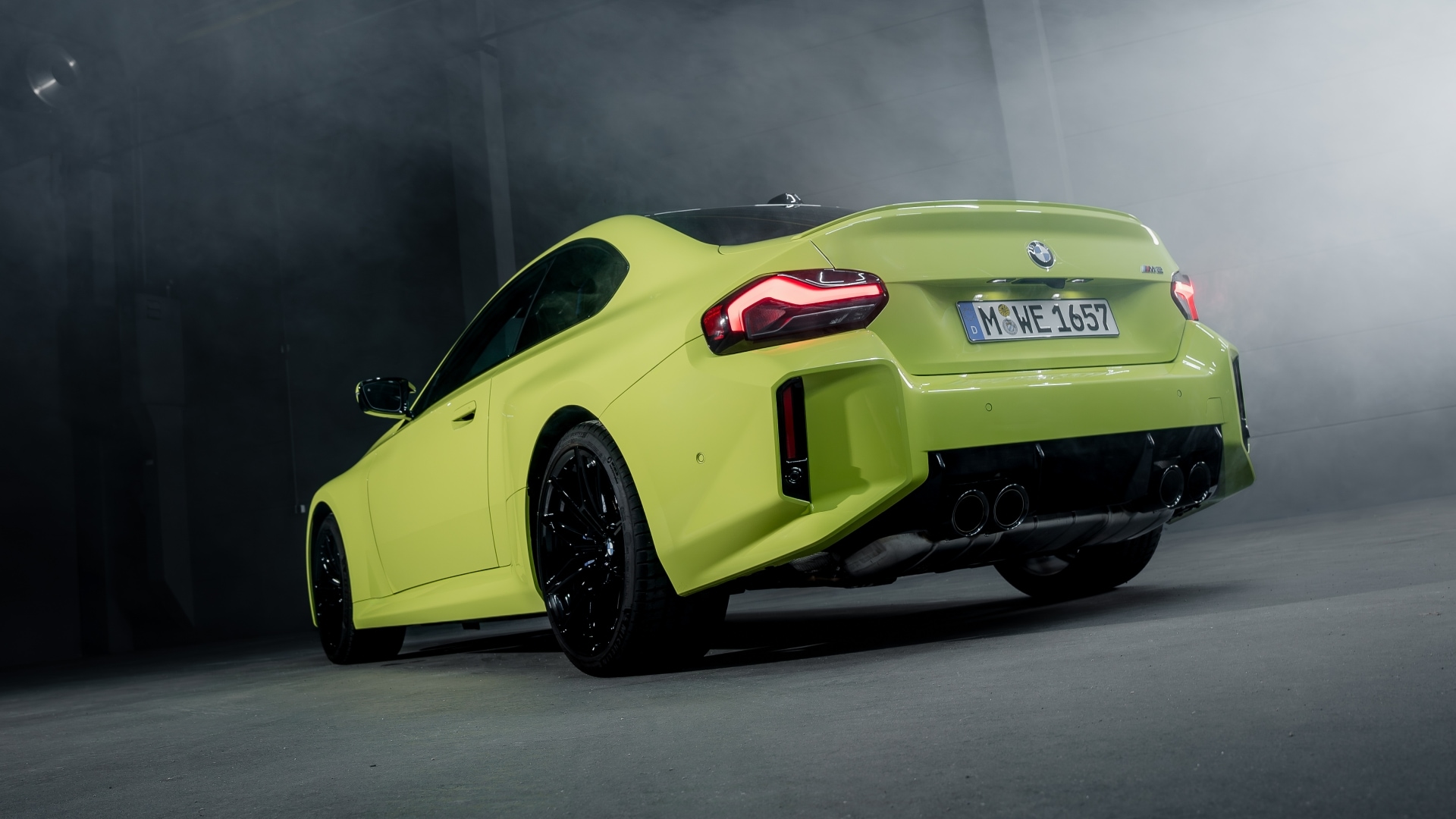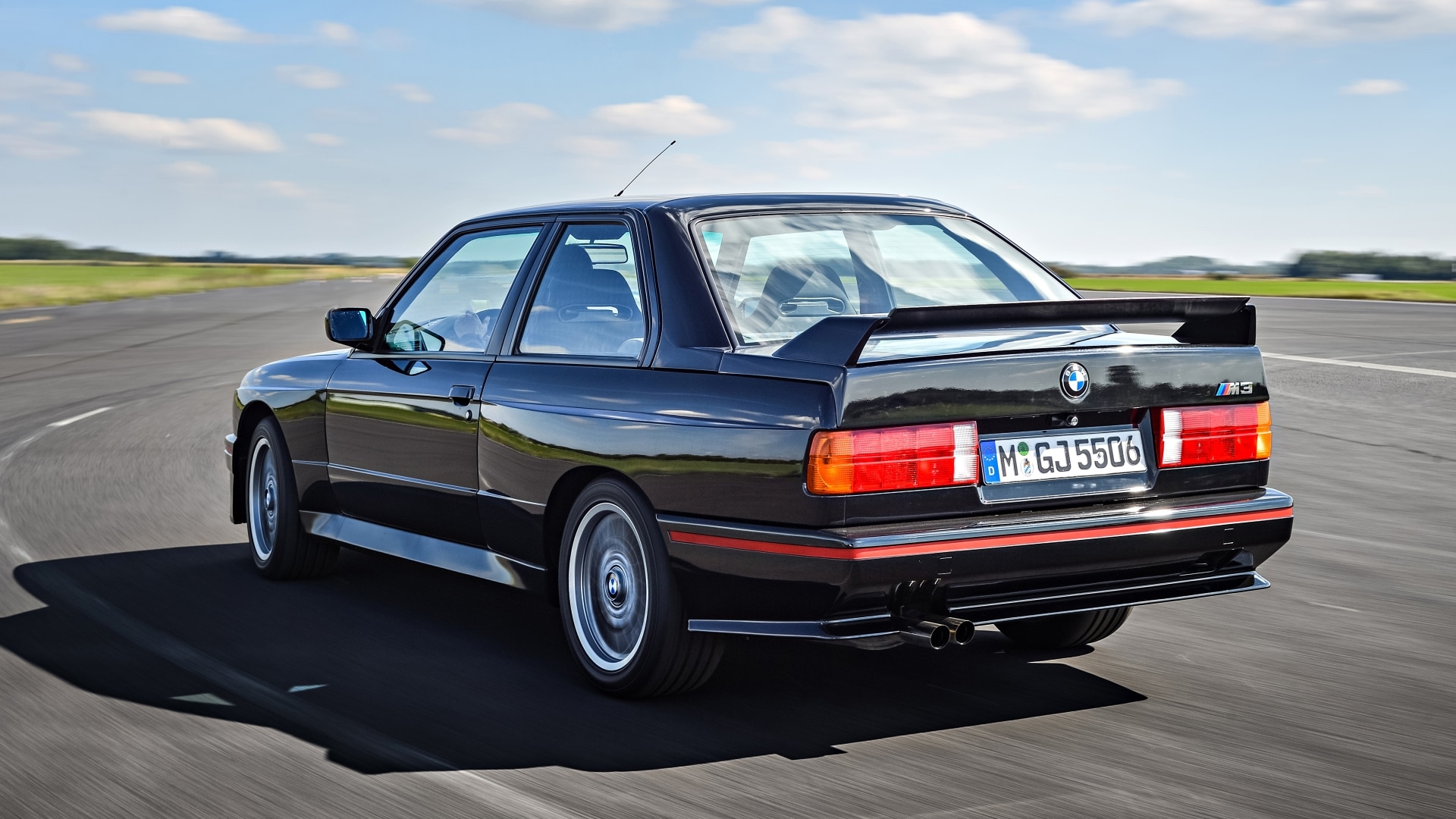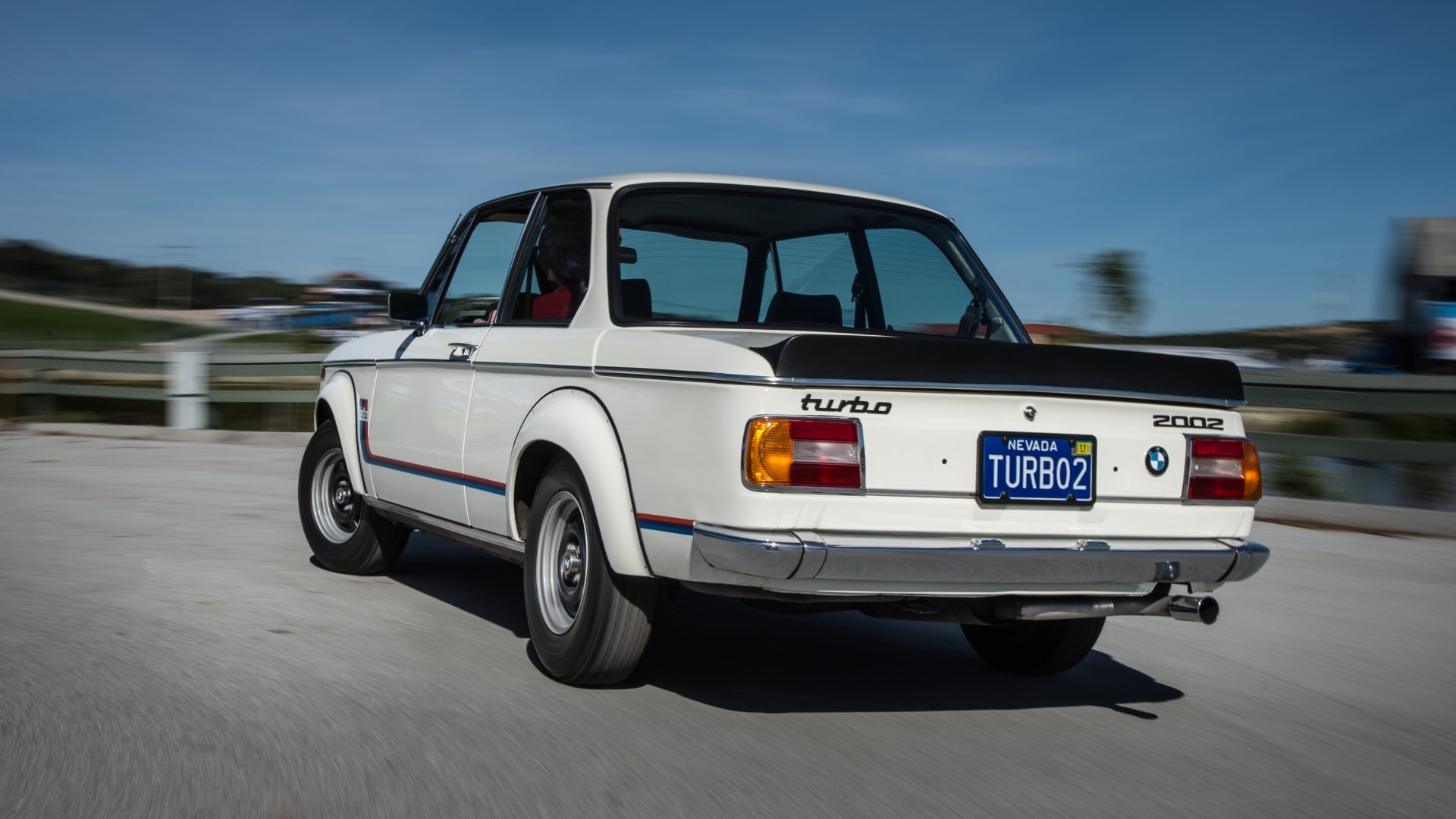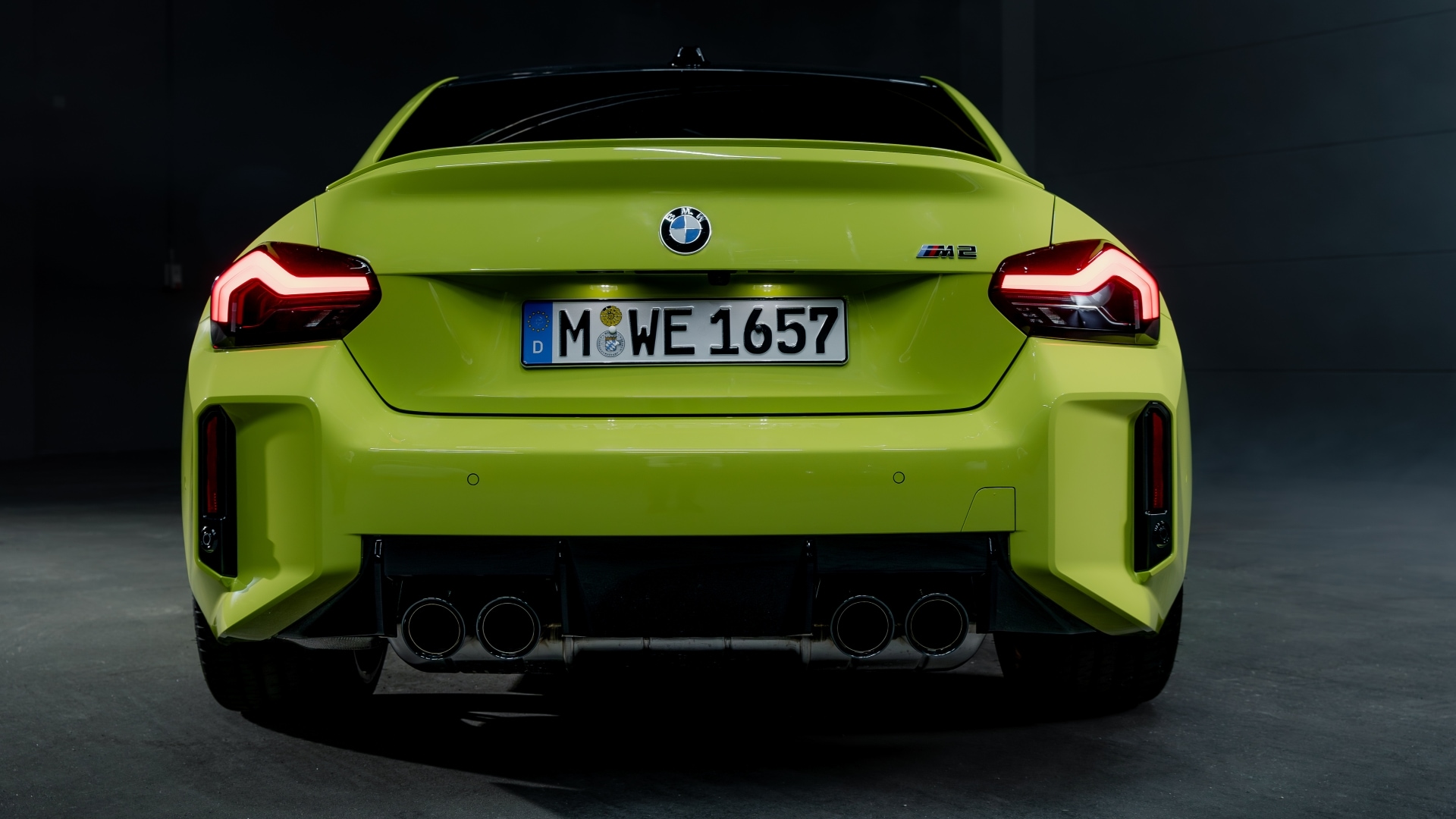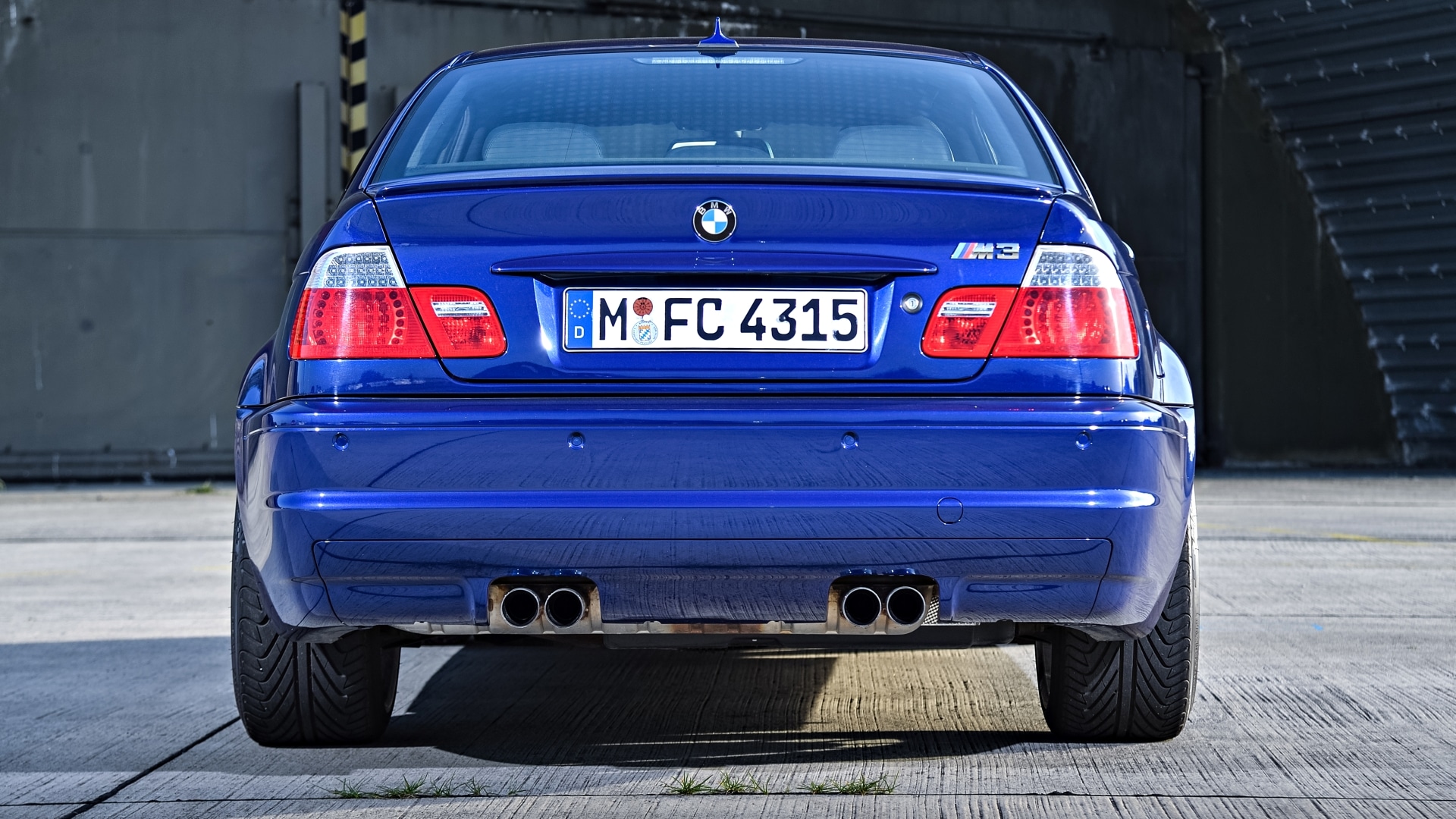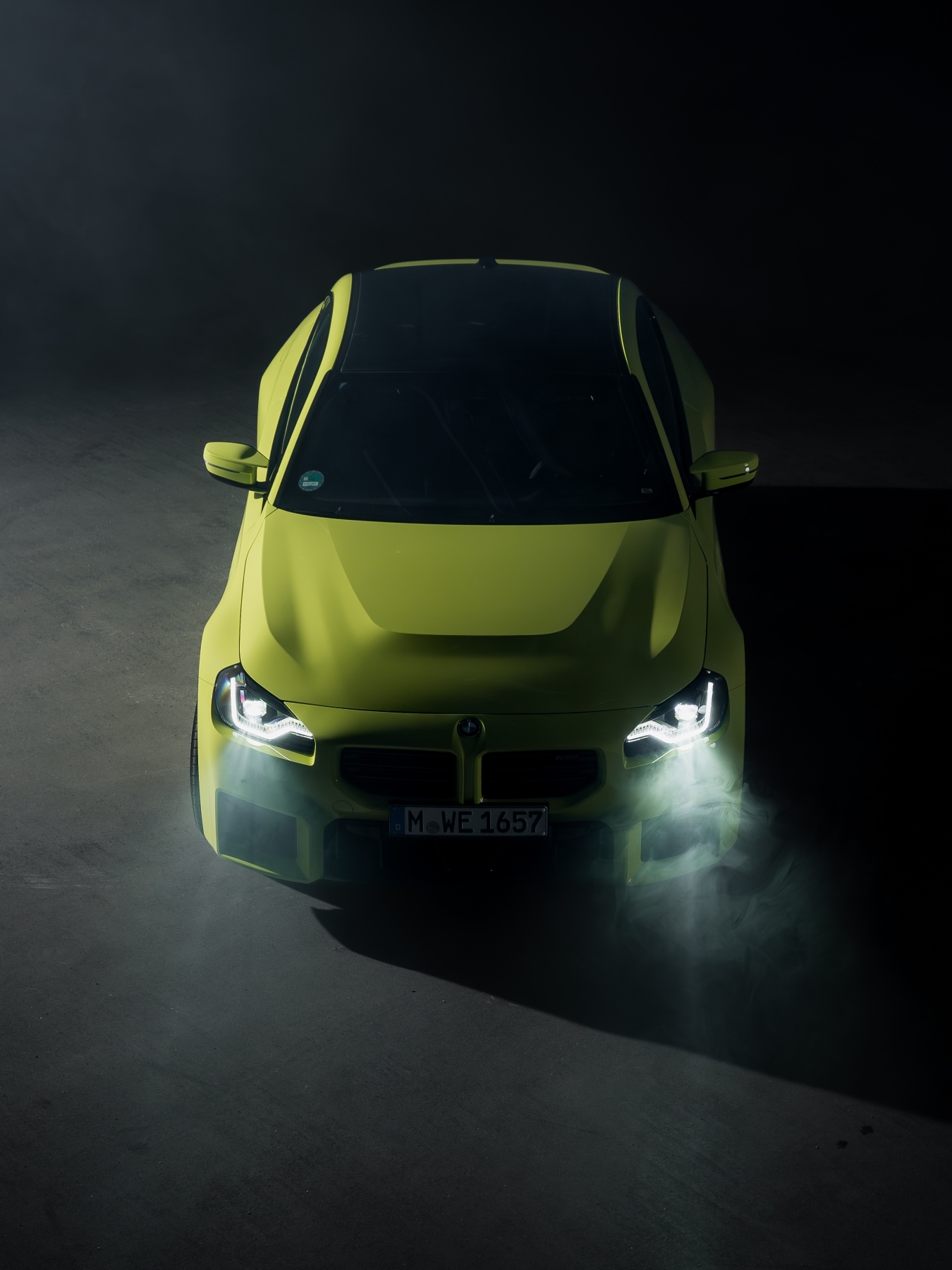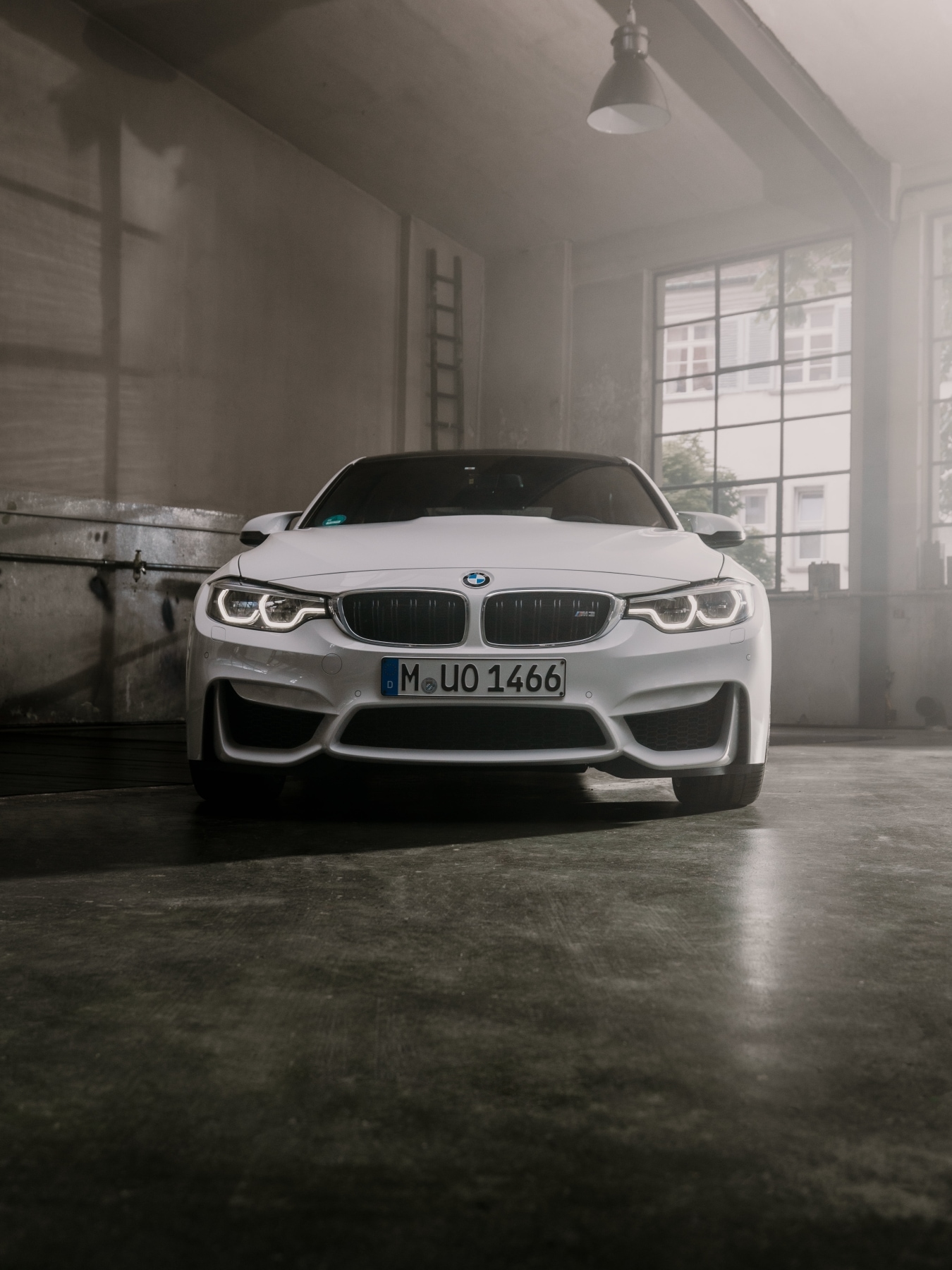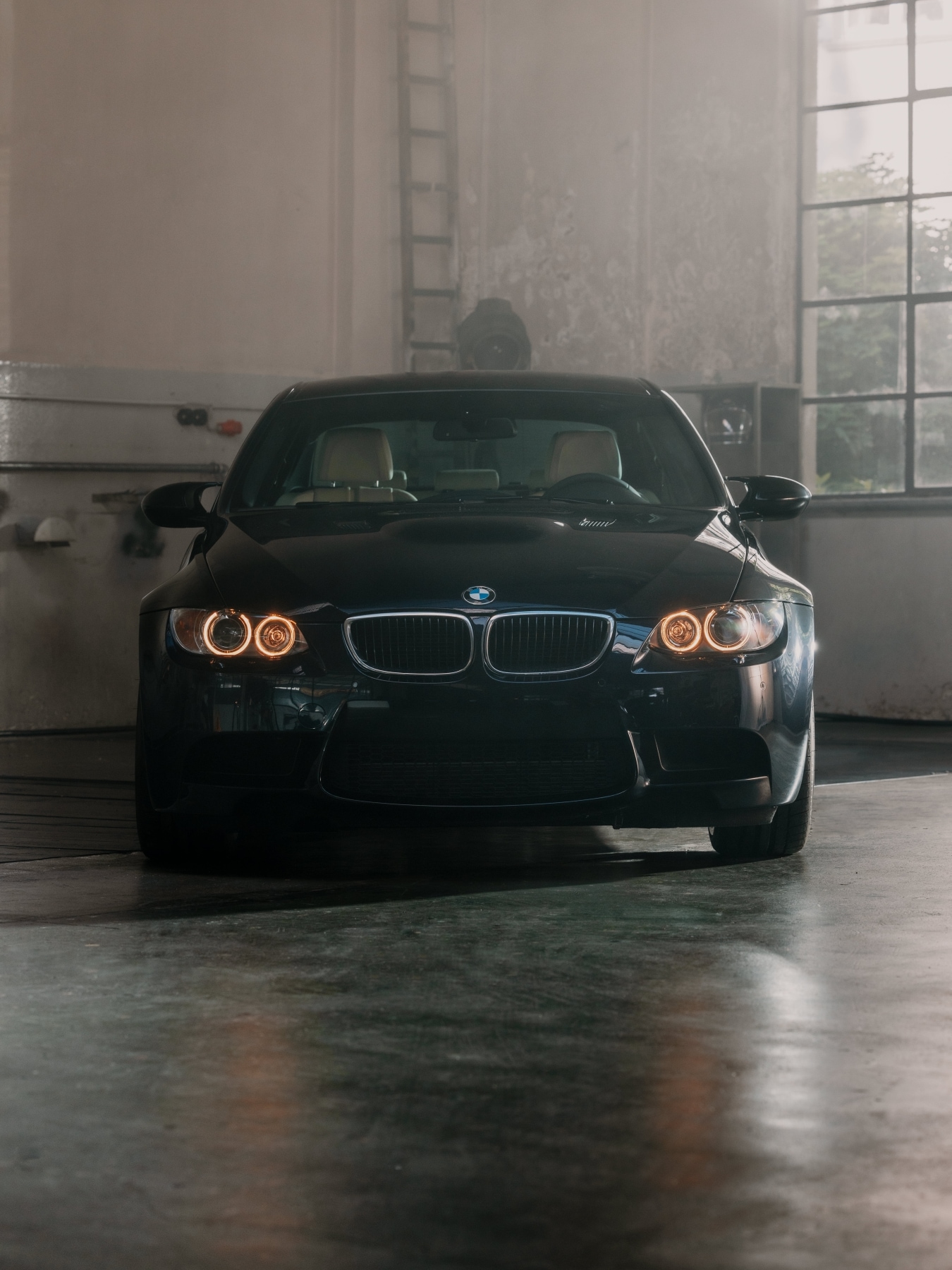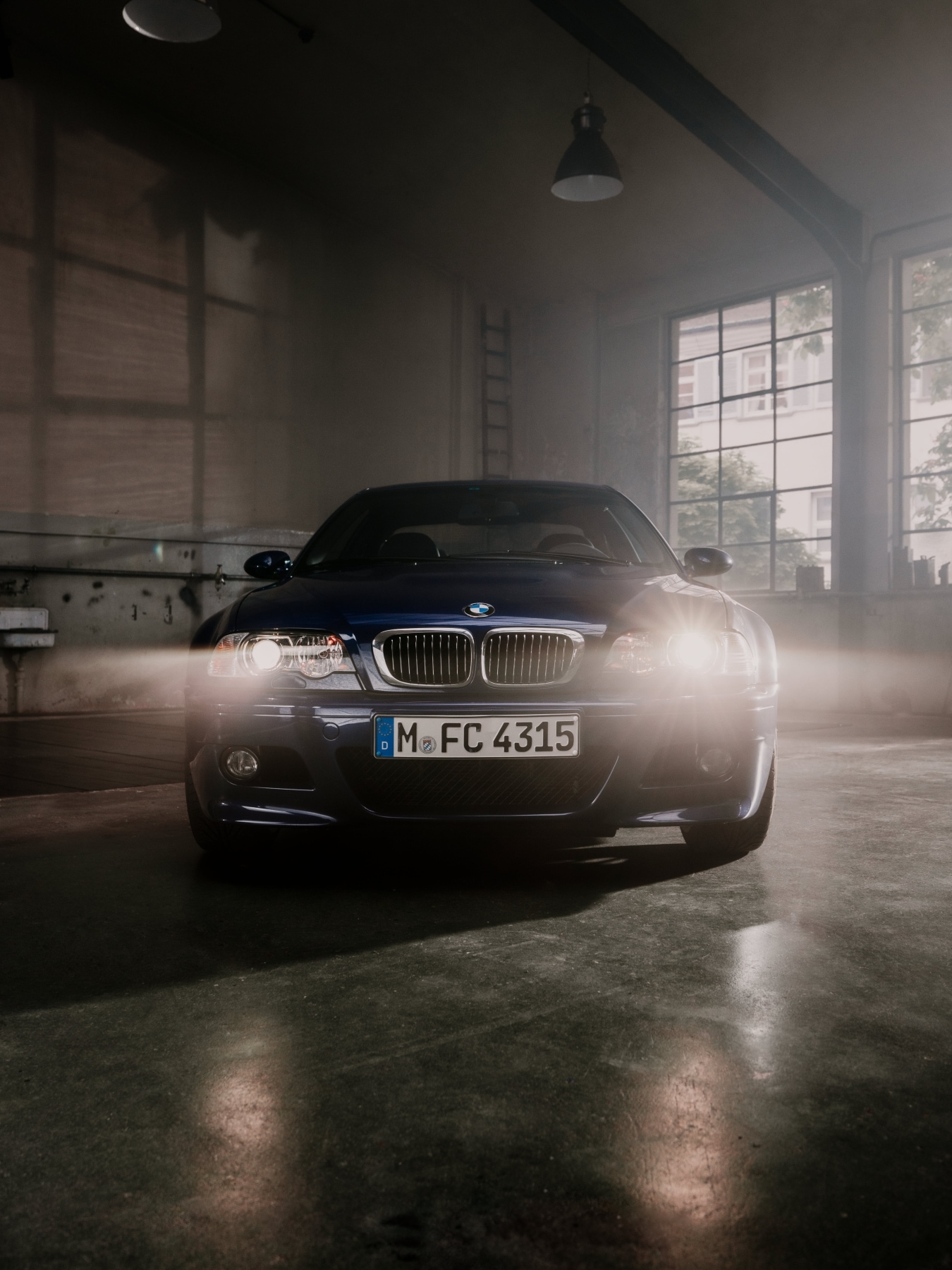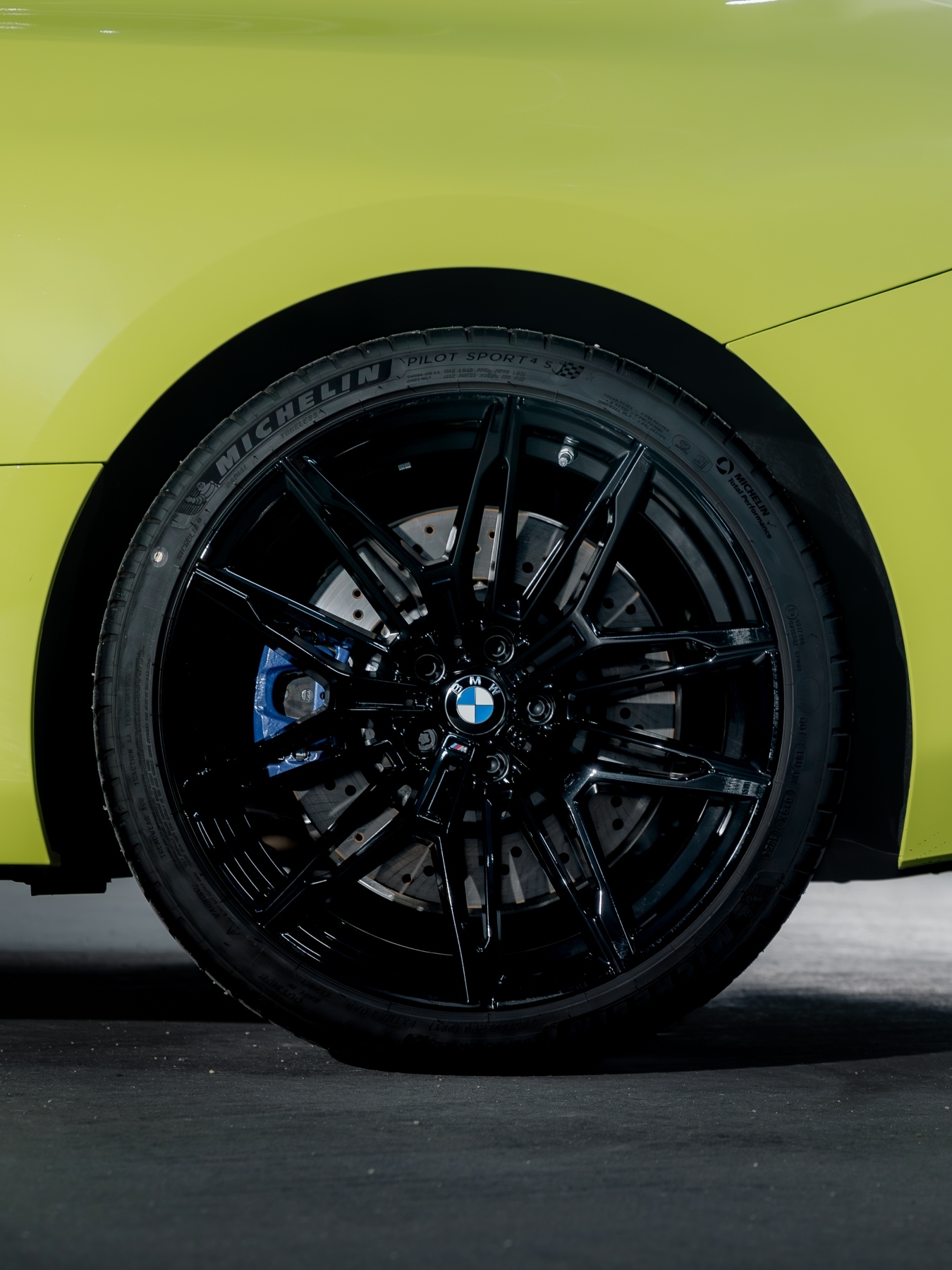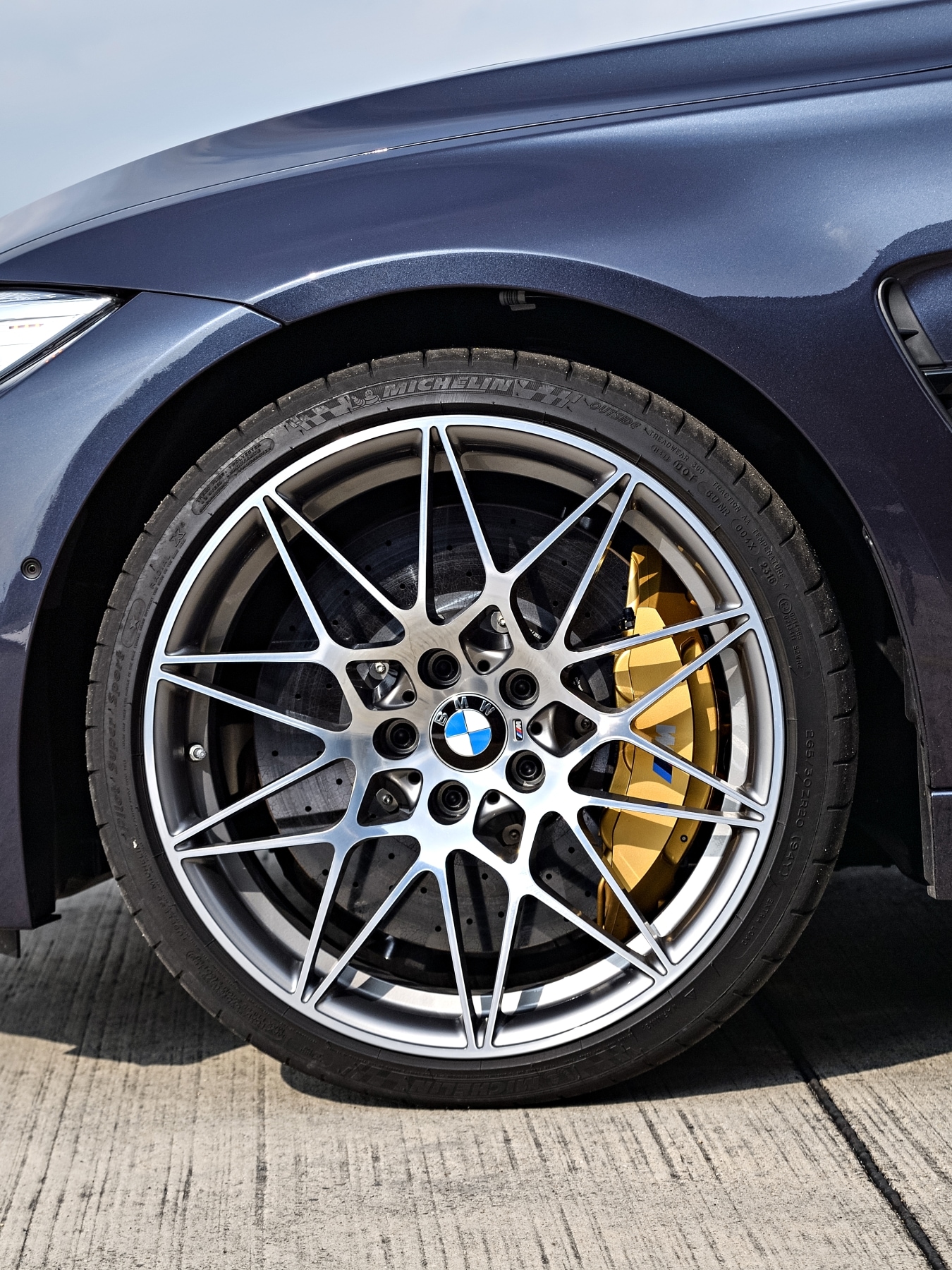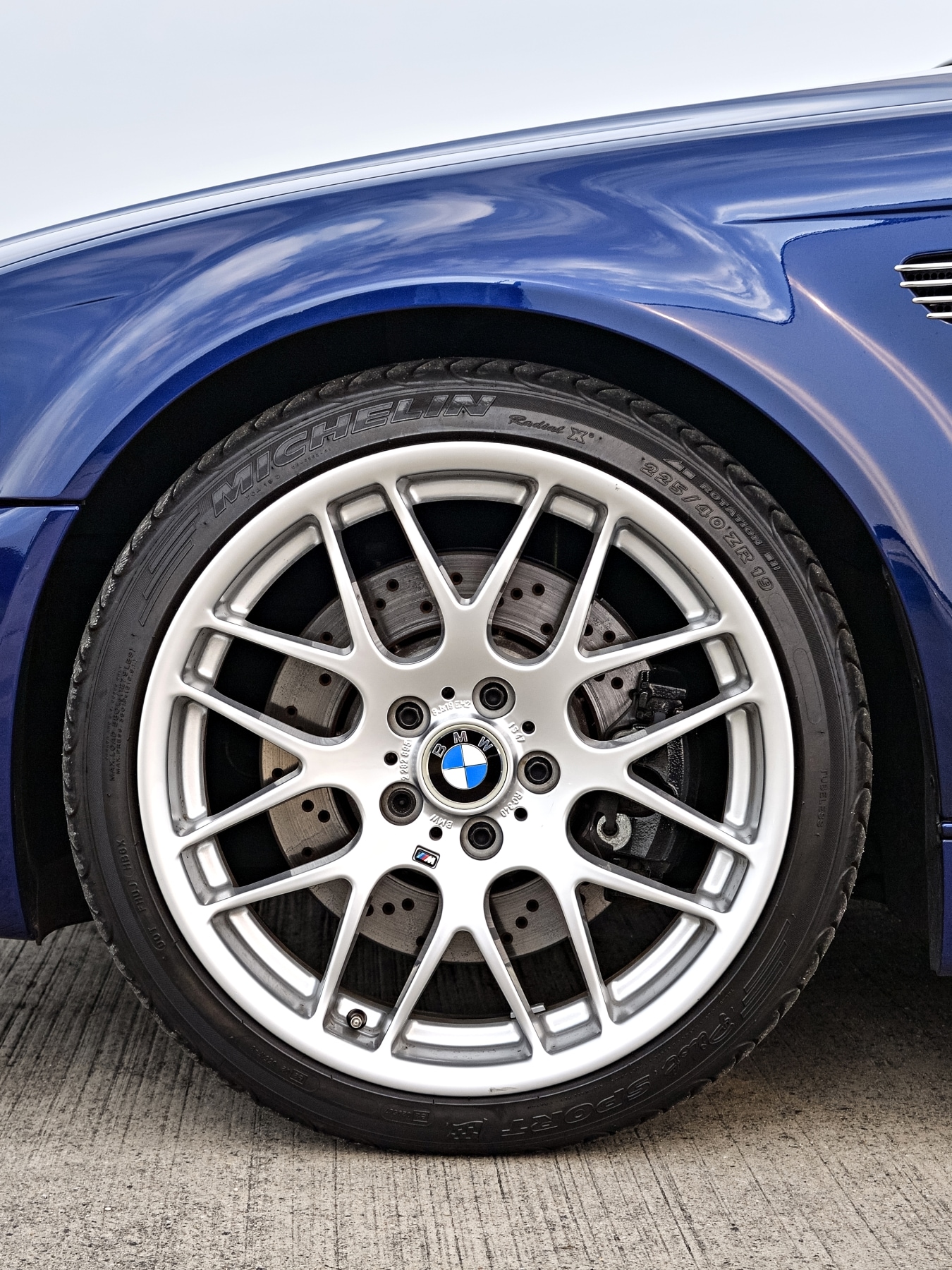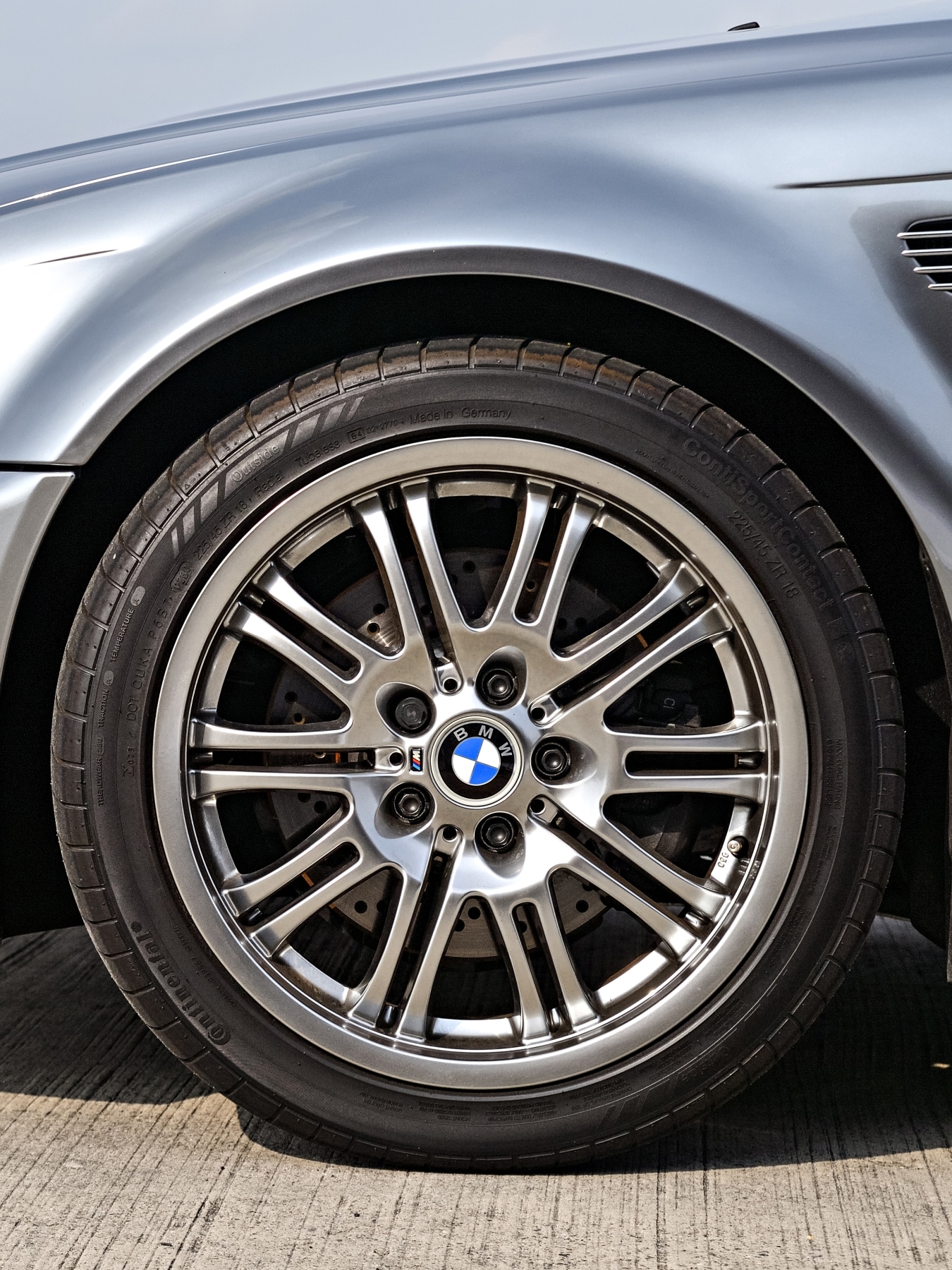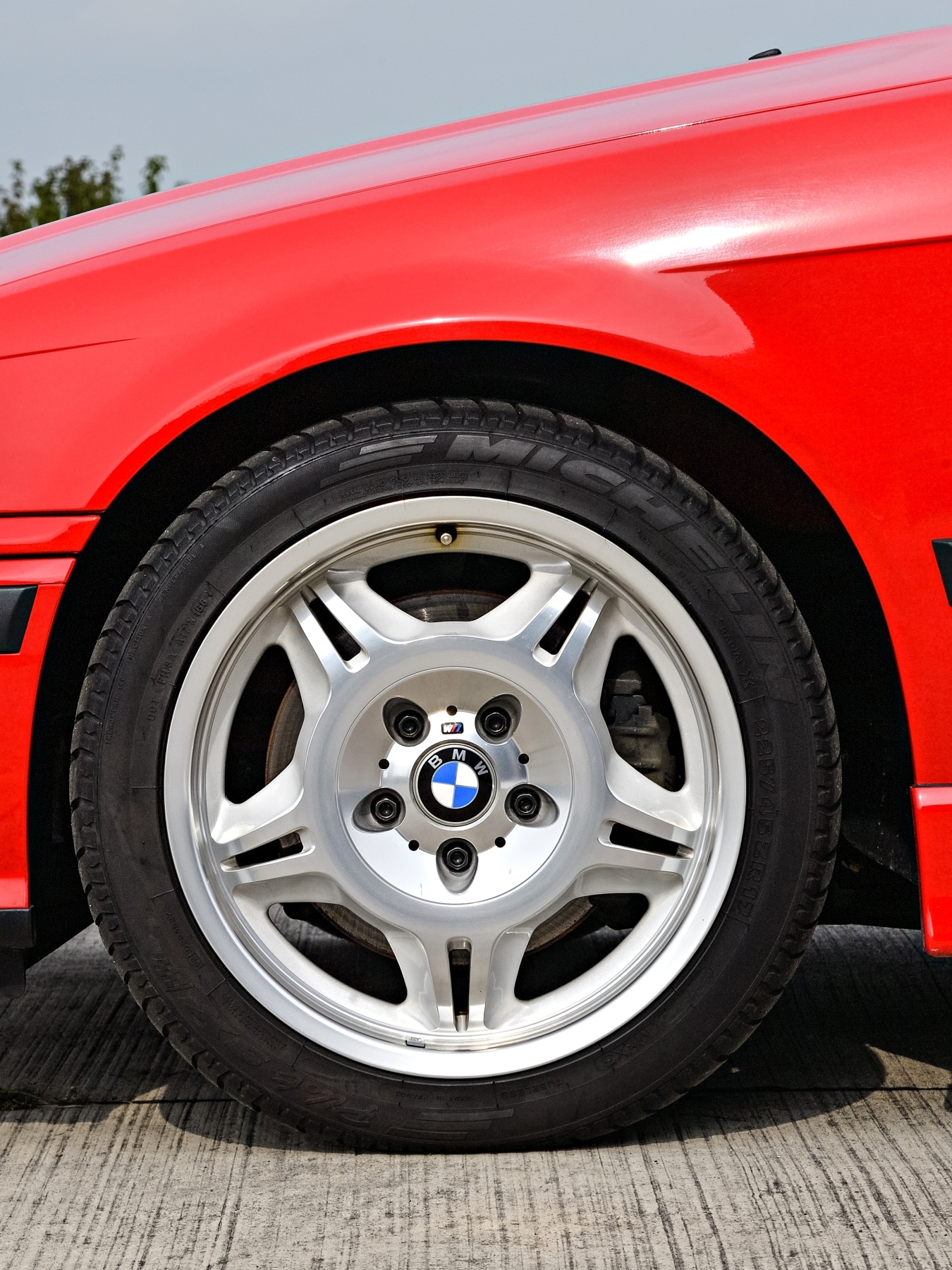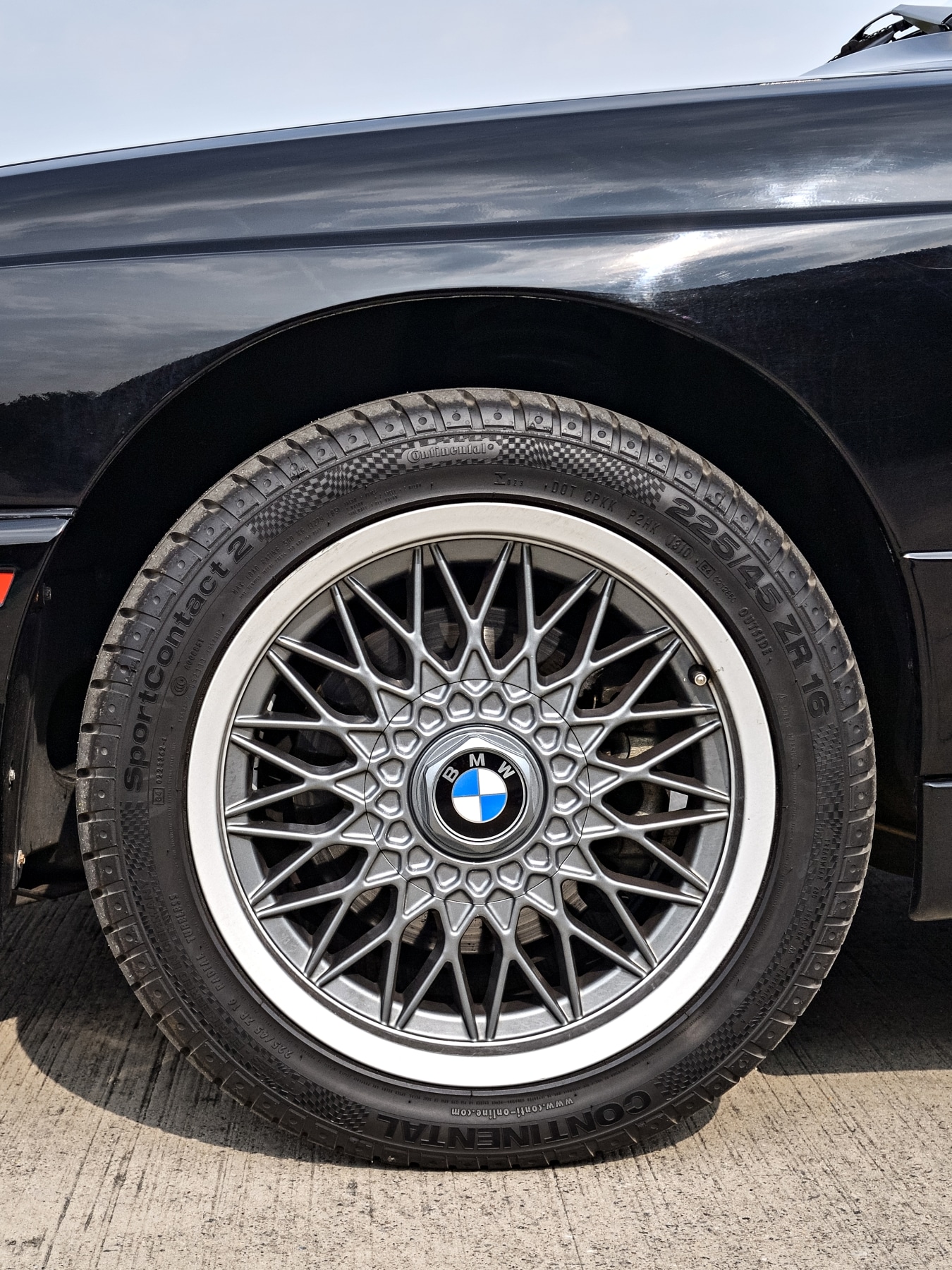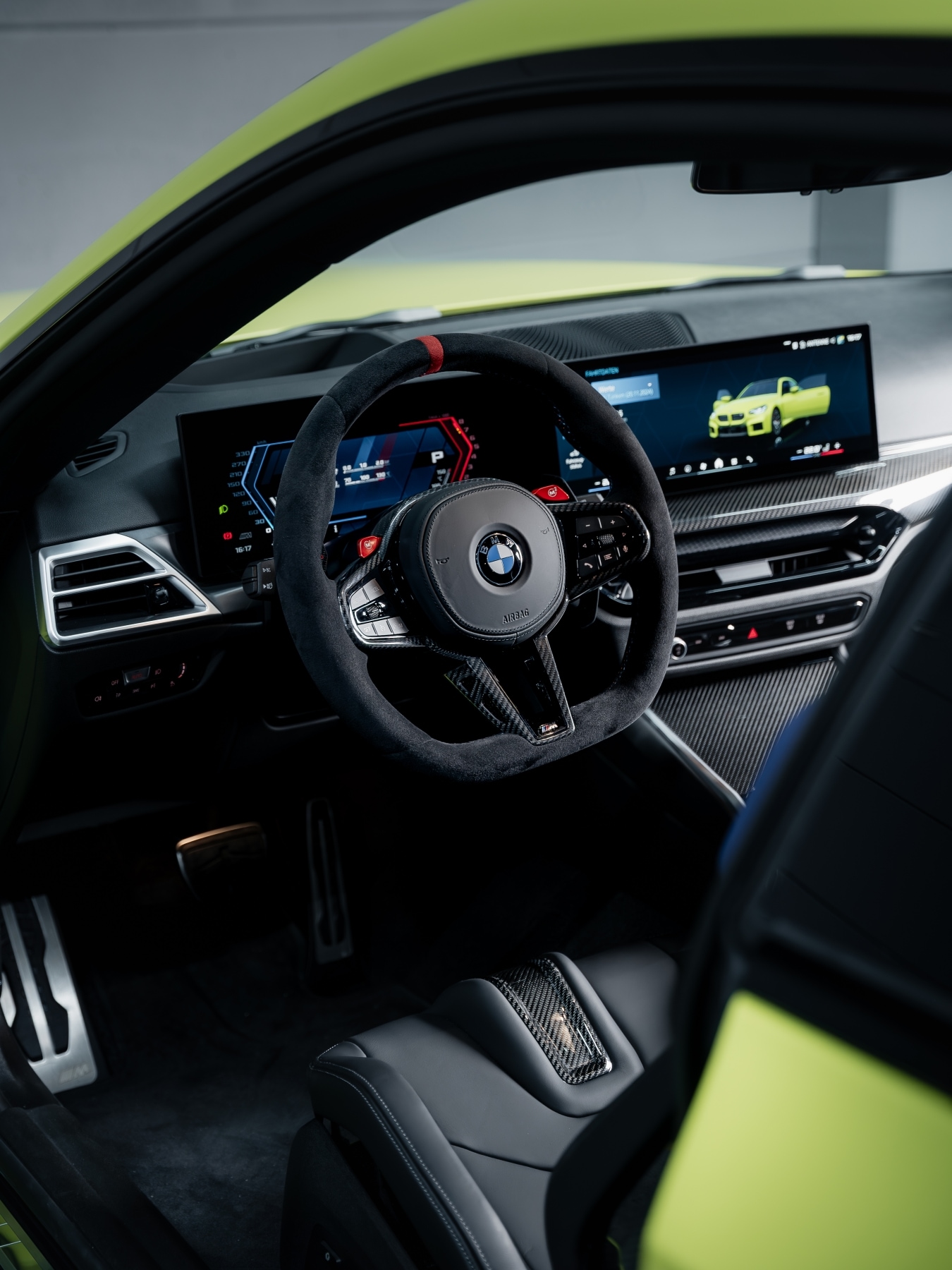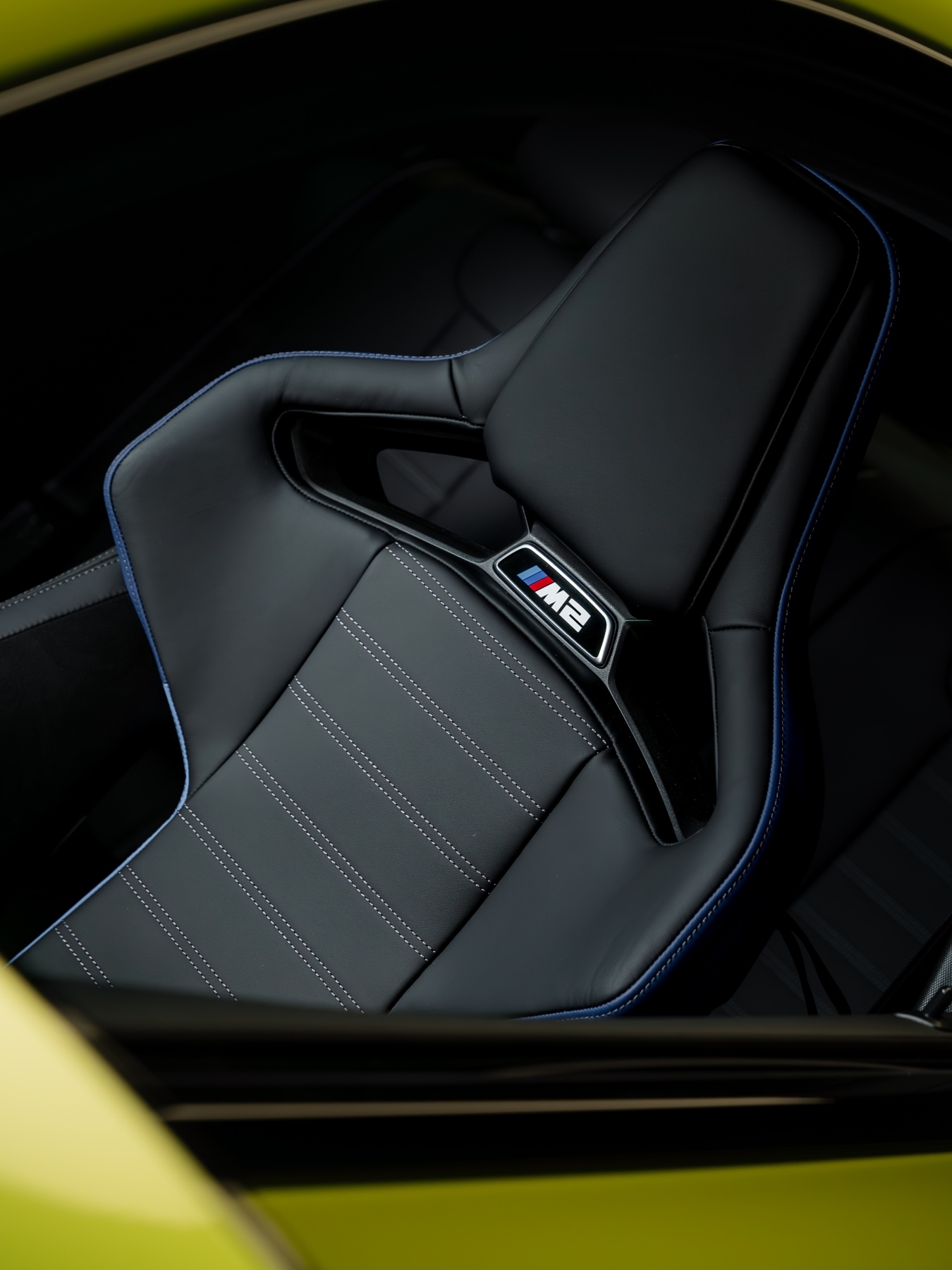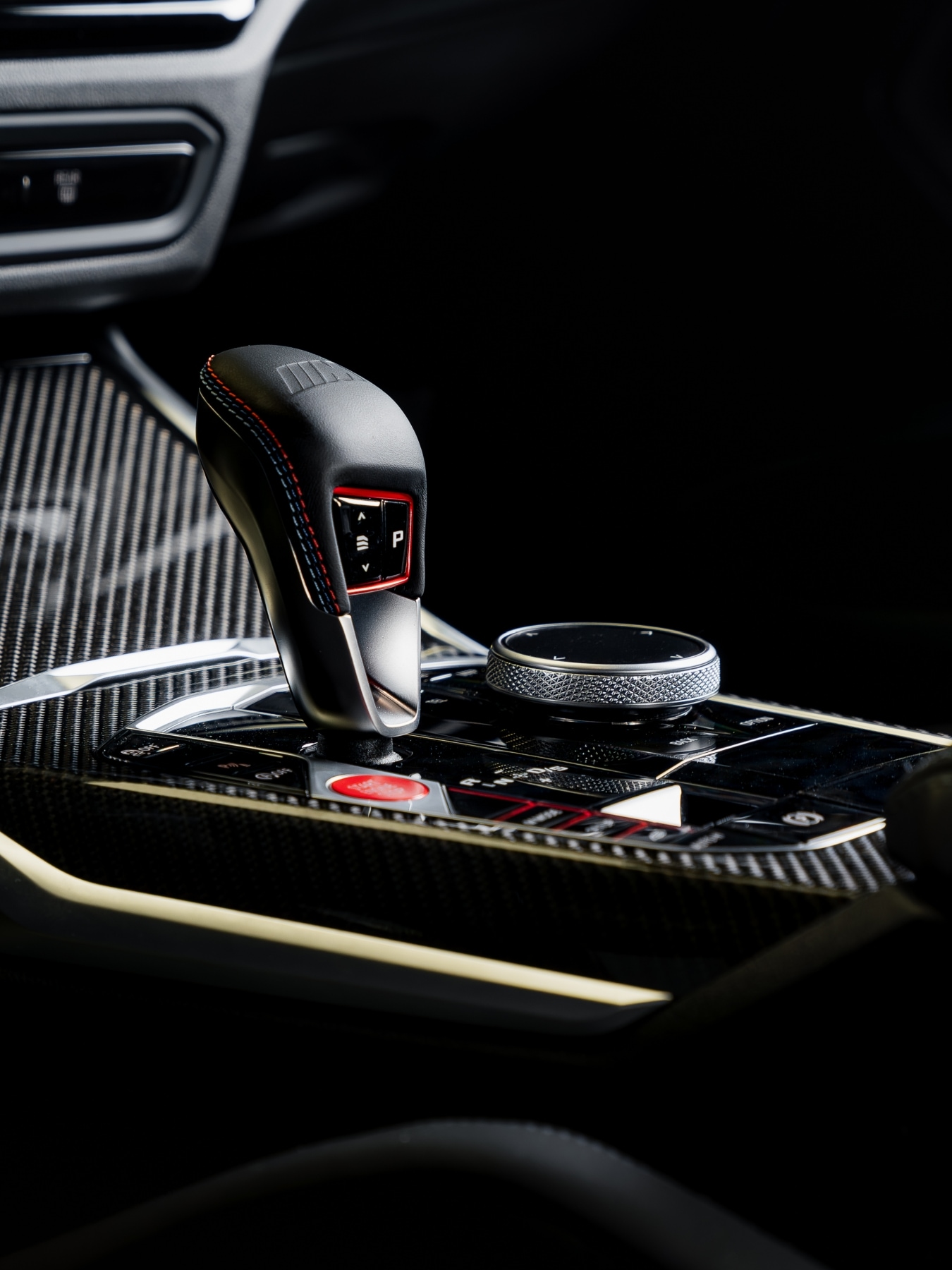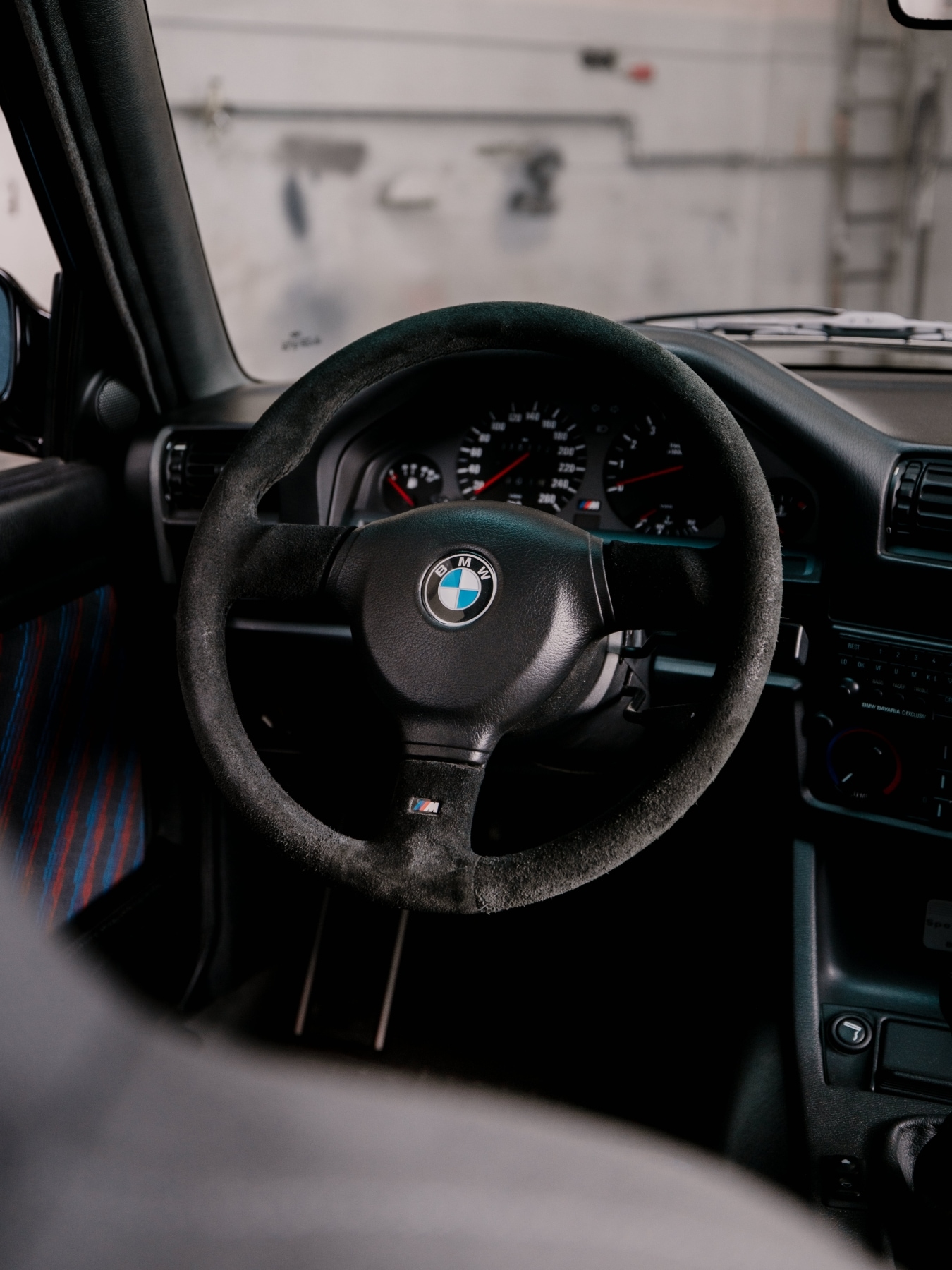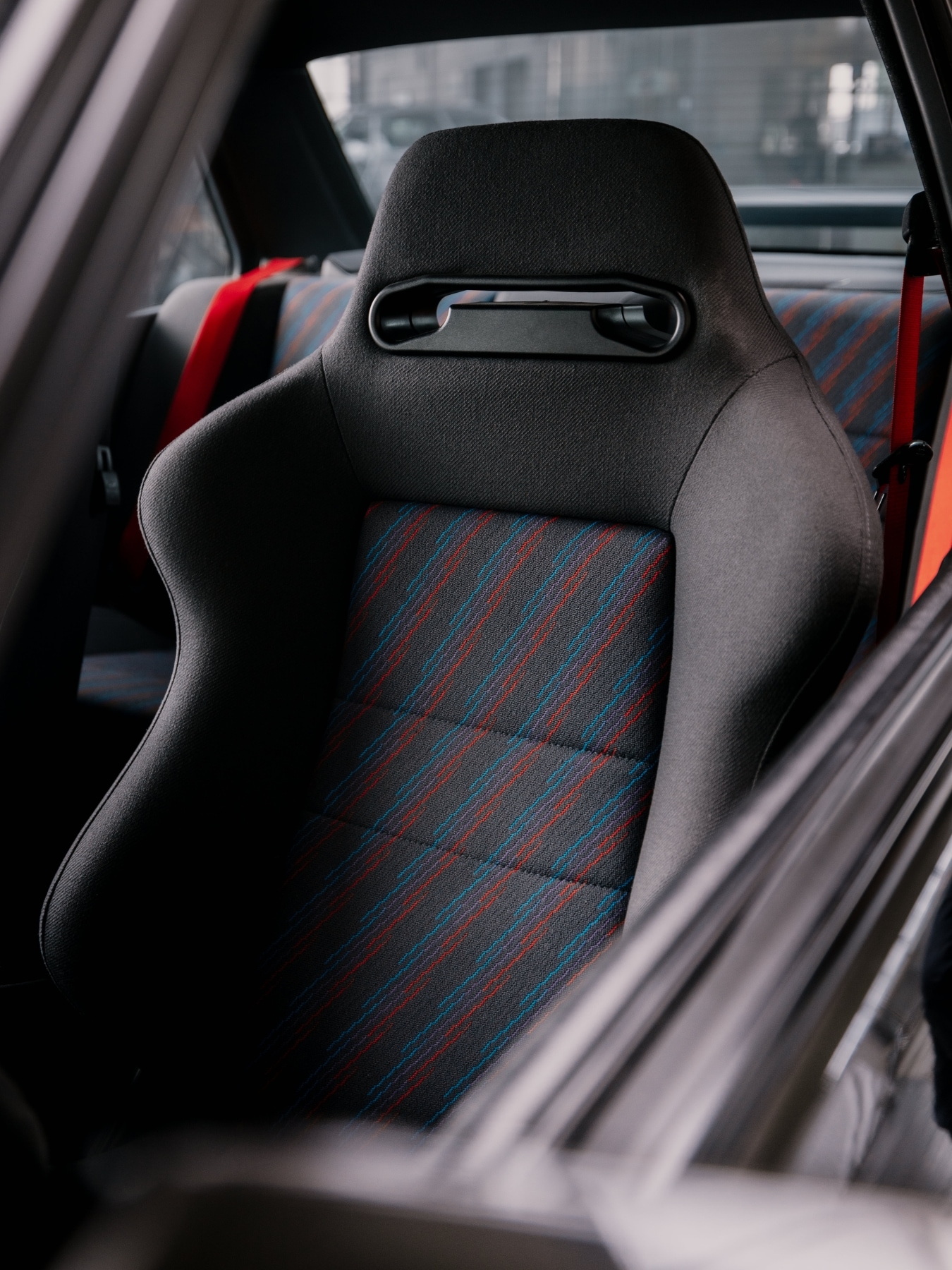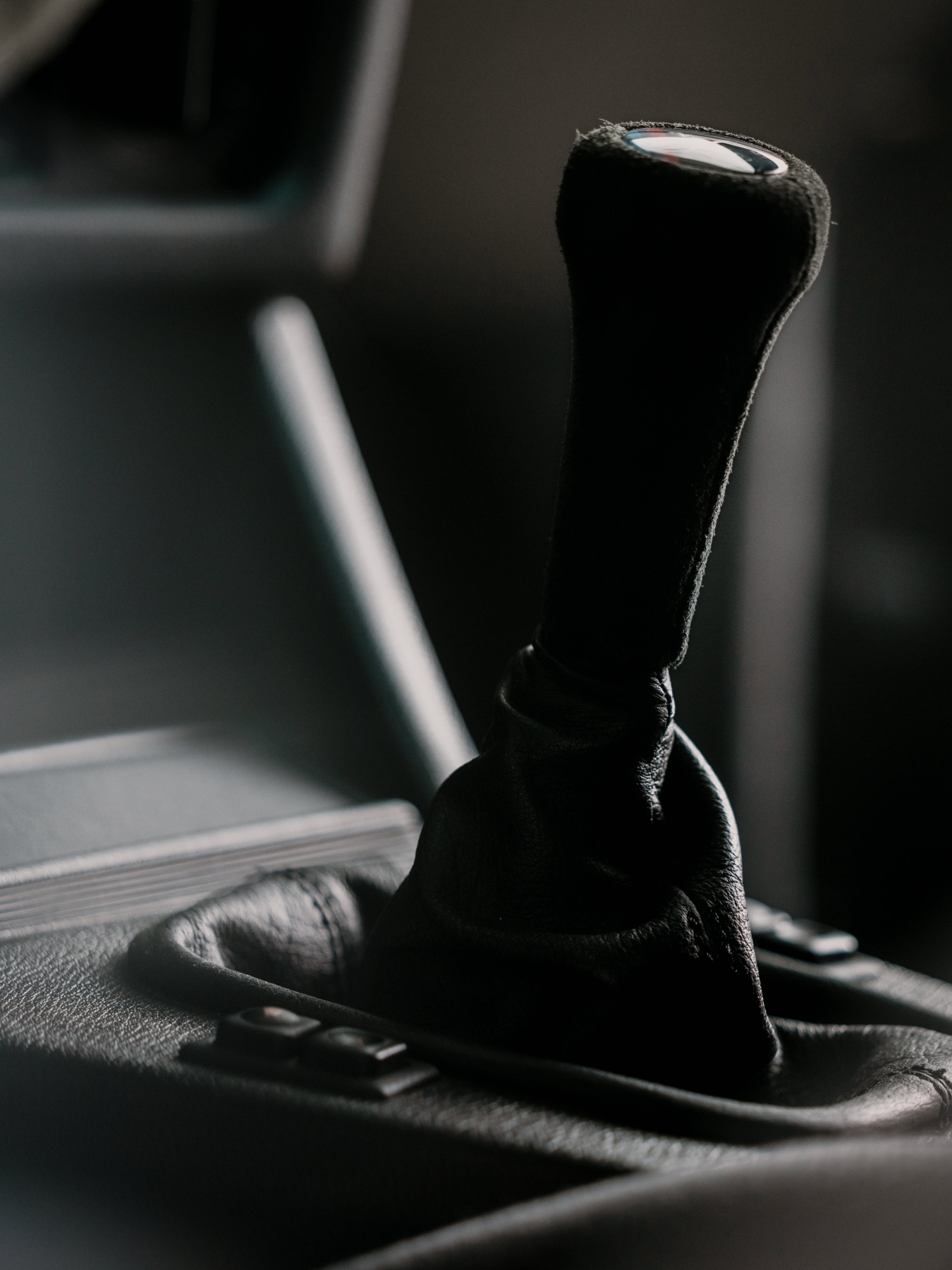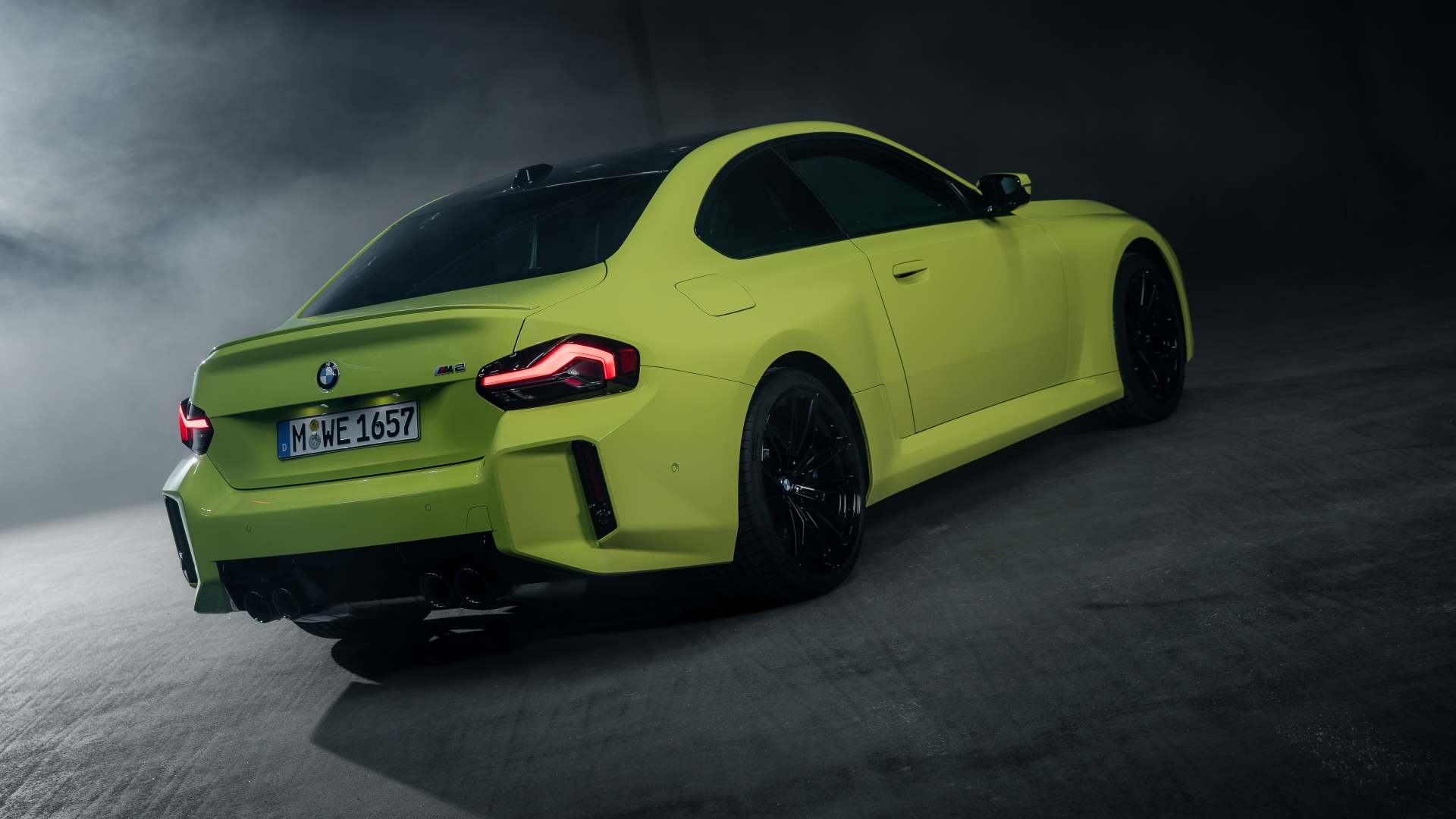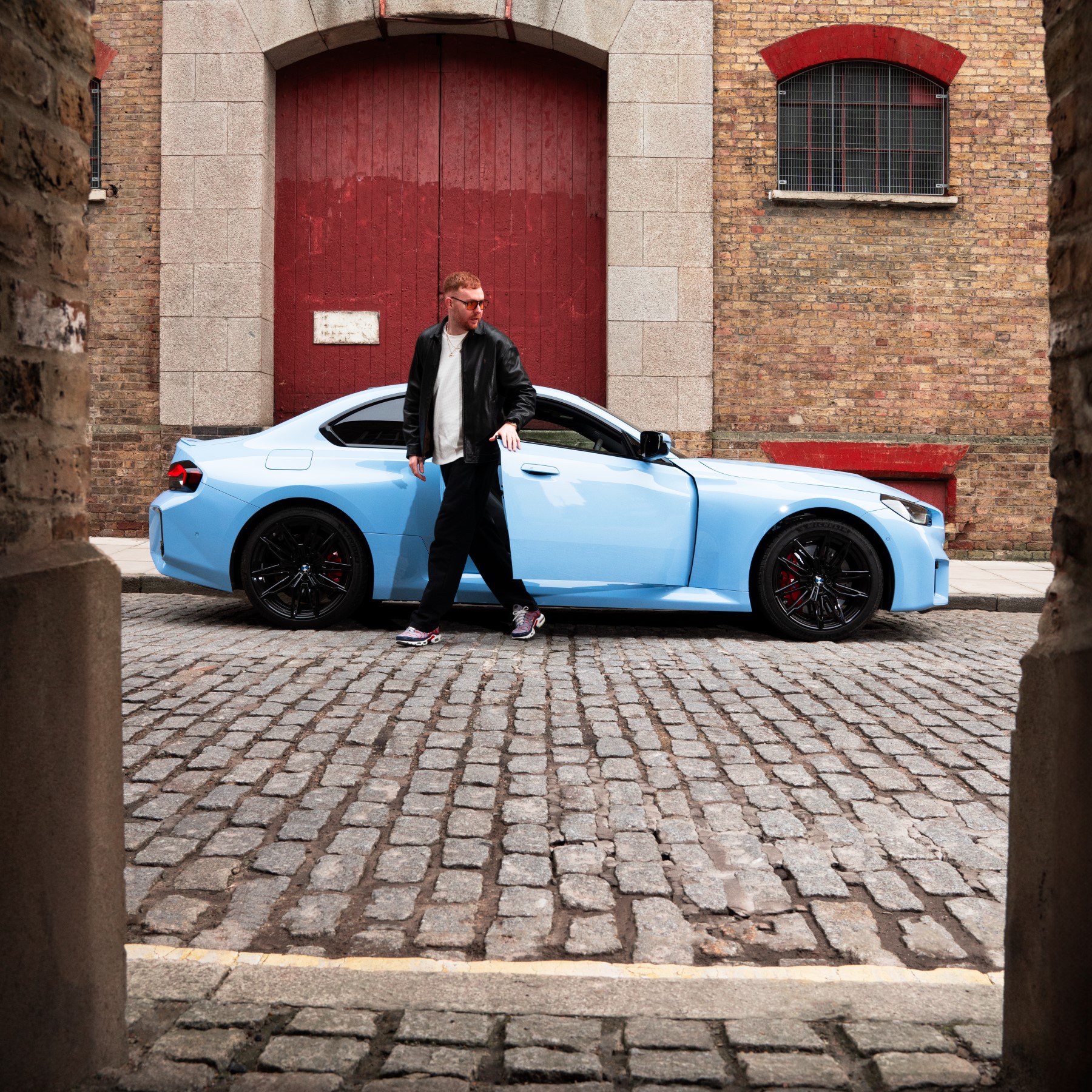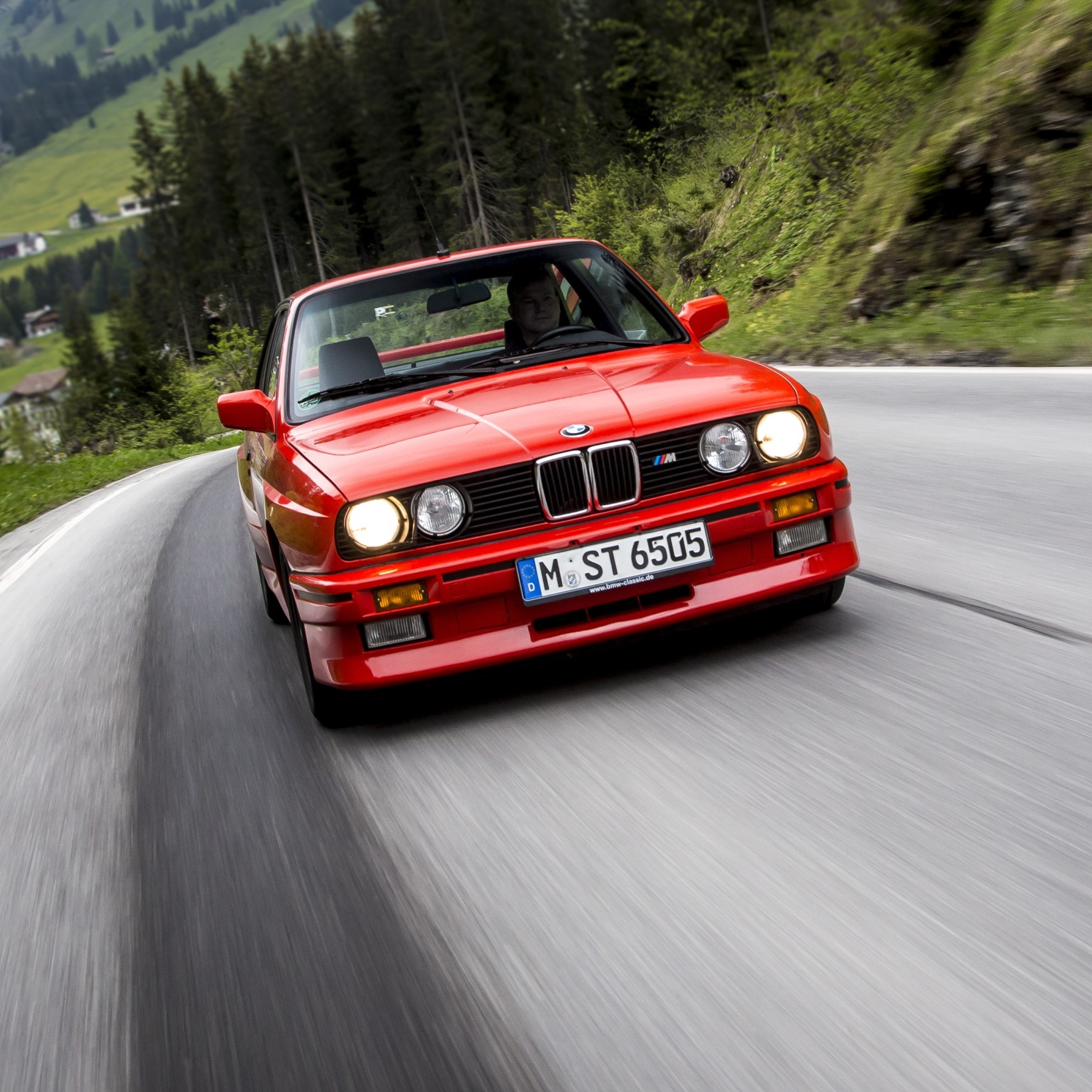What would the BMW 2002 turbo be without its low front apron? Or the BMW M3 E30 without its distinctive flared wheel arches? A particular highlight for many fans of the BMW M3 E36: the M double-strut exterior mirrors. And the striking power dome of the BMW M3 E90 clearly identifies it as a genuine high-performance model – a rather small detail, but one that has a big impact. There is one thing all of these features have in common: they bring out the character of each BMW M. The cars make no secret of their M typical performance and their enormous power.

At BMW M, we want to show the performance. We are not hiding it.
There are many features in the BMW M design language that have been repeatedly materialised or reinterpreted time and again in the various generations and model series. Be it for reasons of the desired performance of the vehicles – applying the principle of ‘form follows function’– or to give the model its very own distinctive expression. The designers at BMW M maintain the tradition of adding a piece of brand history to the progressive design of new models. Many of these ‘M icons’ can also be found in the brand’s most compact high-performance model currently available, the BMW M2 G87.
SERIOUS TRACK WIDTH.
If you like to go fast not only when travelling in a straight line, but also when the direction changes – you need grip. Along with wider tyres, the wide track width of M models is one of the most important elements in counteracting the physical forces when cornering at speed. This must be taken into account in the design – the wheel arches must reflect this wide track. In the first BMW M3 from 1986, this led to the flared wings for which the model is still revered today. Their angular design defines the overall sporty impression of the model. As the BMW M2 uses the powerful rear axle of the BMW M4, this strong detail is also used there – in a similarly angular form.
The wide track and the associated so-called “stance” – the wide stance of a car and the dynamic the car radiates – is especially apparent in models like the BMW M2. “More width also gives the designer more freedom to emphasise the character of the car,” says Jose Casas Peña, BMW M Exterior Designer and responsible for the design of the BMW M2 G87 in particular.




THE KIDNEY.
The fronts of most M models have been optimised aerodynamically to either provide additional cooling air for the powerful engines, or to produce more downforce on the front axle. In most cases both are true. In the centre of it: the BMW kidney grille with a large cooling opening underneath. The M kidney is particularly prominent on the BMW M2. It manages entirely without a frame and gives the model a very independent appearance. Its transverse louvres are also reminiscent of the horizontally designed front section of the BMW M3 E30.
THE SPORT EXHAUST SYSTEM.
THE SPORT EXHAUST SYSTEM.
Whether one, two or four tailpipes: in addition to the design aspect, sports car exhaust systems must serve two further objectives: sound and performance. In particular, large-volume engines with high power output require an optimum flow rate as minimised resistance prevents the engine from power loss. It is therefore hardly surprising that the BMW M3 E46 was the first M3 with a four-pipe exhaust system: its high-revving in-line six-cylinder engine with a displacement of 3.4 litres and a maximum output of 343 hp made this step necessary. Visually, the four tailpipes added a strong finish to an otherwise understated design. The BMW M5 E39 and the BMW M3 E46 were the first to be equipped with this detail at the rear, a feature that is still relevant for M fans and enthusiasts today. Particularly the current high-performance BMW M models still feature exhaust systems with this look today. And so does the BMW M2 – after all, it inherited the straight-six engine from its ancestor, too.
THE M EXTERIOR MIRROR.

THE M EXTERIOR MIRROR.
A signature detail for high performance: BMW M exterior mirrors with double struts. First introduced with the second-generation M3, the BMW M3 E36, the aerodynamically optimised mirror housings are still a distinguishing feature of high-performance models from M GmbH today.
The M exterior mirror is not only specific in shape. In black high-gloss or with optional carbon-fibre, its double-strut design makes the car’s look more technical.

THE POWER DOME.
THE POWER DOME.
The BMW M3 E46 was the first to boast it on its bonnet. The BMW M3 E90 and M3 F80 also had this subtle feature that radiates pure power. We are talking about the power dome on the bonnet which visually gives space to the immense M power under the bodywork. While the current BMW M3 has a different bonnet design thanks to the large M kidney grille, the BMW M2 G87 still features a power dome that is clearly visible both from the outside and from inside the cockpit. “The power dome of the BMW M2 is also the biggest one among all M models so far with such a feature,” says Casas Peña.
THE WHEEL DESIGN.
The wheels of every BMW M are another component whose properties are just as important as its design. On the one hand, an M wheel has to be very light to minimise rotating masses in the drivetrain. On the other hand, it needs to be solid enough to endure the high loads that occur during dynamic driving or on the racetrack. This leads to another requirement: the cooling of the M sports brakes. With a more closed wheel design, this would not work optimally. “The wheels of BMW M are supposed to look what they are: lightweight. Of course, we also want to show the high-performance brake system,” says Casas Peña.
Thus the wheel design is essential for the overall expression of a vehicle. Over the years, two basic designs have particularly stood out for M models: the double spoke and the Y-spoke.
THE ERGONOMICS.
THE ERGONOMICS.
In the interior, M design is also focused on the ultimate driving experience: with the M Carbon bucket seats for perfect lateral support and the M specific instruments including a head-up display, the BMW M2 continues the concept of driver orientation. At BMW M, perfect ergonomics in the cockpit and a customised alignment of all controls to the driver are the inner values that matter. The interior is designed to serve the driver best for everyday commutes as well as highly dynamic drives on a country road or a racetrack – and for the typical M driving experience to set in right from the very first second.






Every M model is an icon, made to last. It is designed to stay in the minds of people – and to inspire.
ONE M FAMILY.
While design is often shaped by the zeitgeist, a design language lasts for many years and decades and lends timelessness to a modern style. At BMW M, such a design language, which combines unique design with outstanding performance, has been practised for over 50 years. And it will continue to shape the character of every BMW M in the future.

